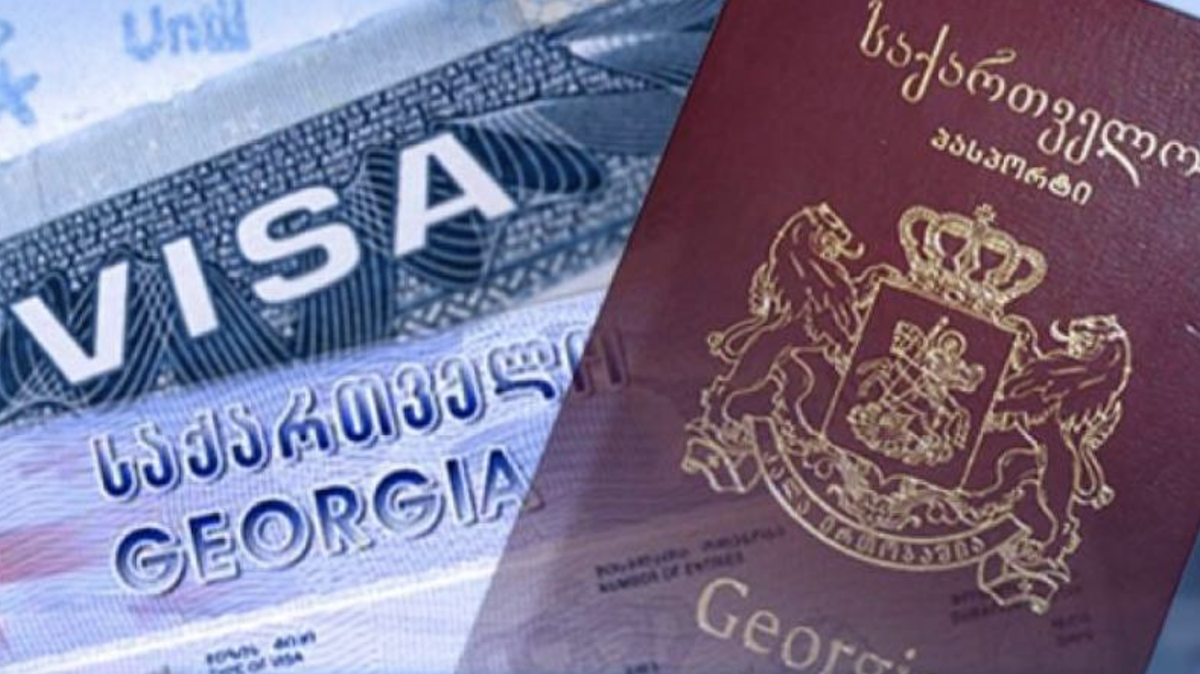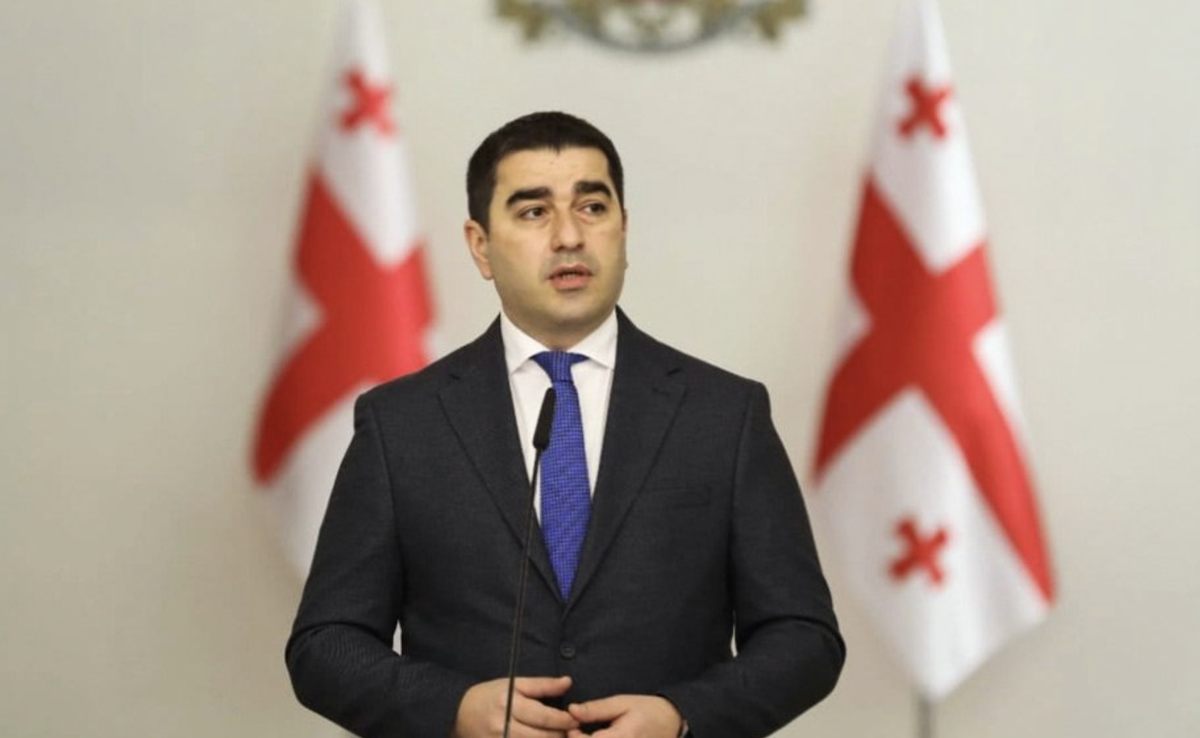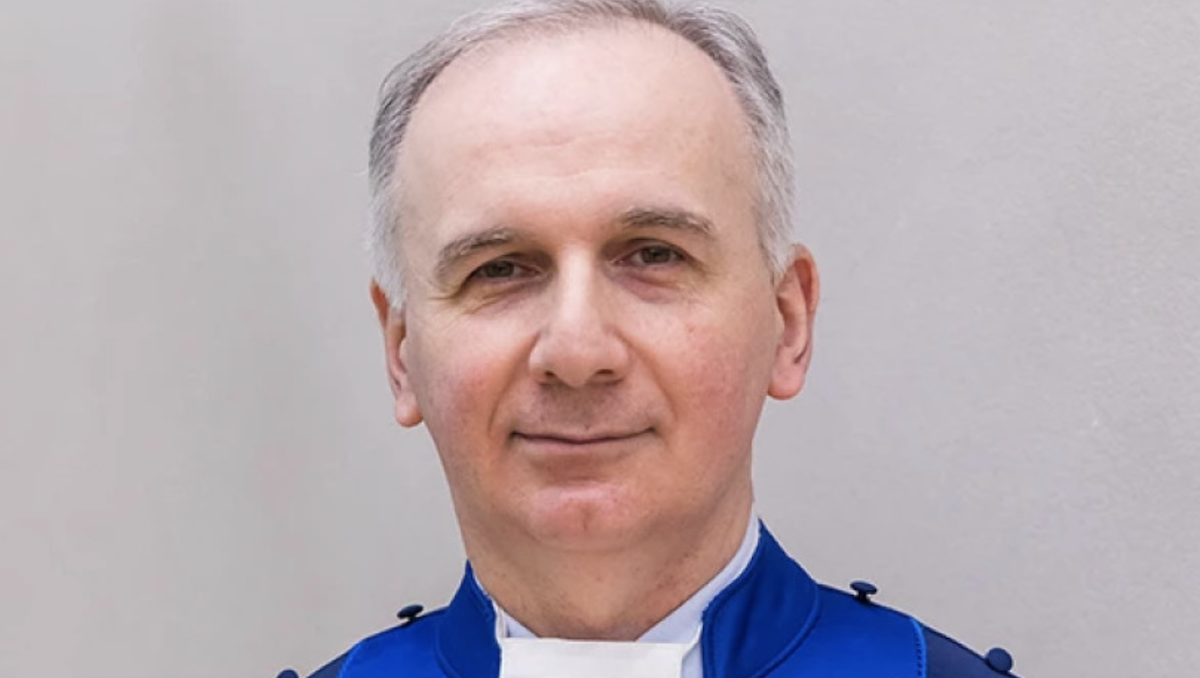In Azerbaijan, only $470 per year is allocated for the treatment of a cancer patient
Cancer patients in Azerbaijan
9:00 AM. The National Oncology Center of Azerbaijan.
From the central entrance, winding paths lead to various departments of the hospital. Among the patients, one can see people of all ages – children, teenagers, elderly, and seniors.

Initially, patients of the National oncology center go through the diagnostic department building. Here, a diagnosis is made for the patient, and in the post-treatment stage, patients undergo re-examination here as well.
I also head there first thing. Inside, in front of the doors of every department, there are crowds of patients. All the chairs in the waiting room are occupied, and those who did not manage to find a seat stand aside, waiting for their turn for examination and talking to each other.

“My niece had the same thing in her stomach. Everything was resolved with one operation. The most important thing is the surgery; if it goes well, then you can be completely cured,” an elderly woman comforts the young girl sitting next to her.
To understand how things work at the National oncology center, I tell patients and doctors that I am suspected of having a breast tumor and have come for my first examination. For ethical reasons, the names of my interlocutors have been changed.
The number of cancer patients in Azerbaijan is increasing year by year. According to the state statistics committee and the ministry of health of Azerbaijan, there are currently 62,000 people registered with this diagnosis. In 2019, this number was 52,000, and in 2016 — 40,000.
“Father took out a bank loan to pay for my surgery and treatment”
A young woman waits for her turn at the diagnostic and oncological treatment department. I stood next to her in line. Her name is Nargiz. She turned 34 last month. She works as a seamstress, taking orders from home to make a living.


Nargiz was told that part of her breast would need to be removed. The surgery was successful.
“They discussed money with my father. They asked him for $4,200 for the surgery. Father didn’t even argue or bargain; he just wanted the surgery to go well. He took part of the money out as a loan from the bank. I only found out about all this after the surgery. Before that, they hardly spoke to me about anything negative, so I wouldn’t get more stressed,” says Nargiz.
After leaving the surgical department, she had to undergo two courses of chemotherapy, eight and twelve sessions each. Her family paid an average of 350-450 manats [about $200-260] for each session.
She says that during her time in the hospital, she did not receive any free medical services. Only once — before starting chemotherapy — she told her doctor that the treatment costs were a heavy burden for her family and asked if she could get the medication for free.
“The doctor said that they had already helped me as much as they could, made all possible discounts, and could not do anything more.“
Nargiz, whose treatment was successful, must now undergo regular check-ups to catch any recurrence of the disease early. Today she came for her first check-up after her recovery.
Nargiz leaves with the nurse who called her, and I head to the chemotherapy department located in the same building.
“If it weren’t for the children, I don’t know how I would have paid for the treatment”
Patients undergoing the difficult chemotherapy procedure slowly walk down the corridor. One of them is 60-year-old Uncle Anvar.

He has been treated here for liver cancer for the third year. He says that when the costs of treatment add to the moral exhaustion, it drains a person.
“I have two daughters and a son. Before this illness, I was a worker. Now, I no longer have the strength for physical labor. If it weren’t for my children, I don’t know how I would have paid for the treatment. They say there is a government program to help cancer patients. There is nothing like that here,” says Uncle Anvar.
Then he asks me why I came and which doctor I need to see. Hearing my “story,” he recommends his doctor to me.
“Unfortunately, patients have to pay for their treatment”
The doctor recommended by Uncle Anvar works in the day hospital of the chemotherapy department.
“If the examination and diagnosis are confirmed, I will be financially and morally alone in the treatment process. I heard that the state allocates certain funds from the budget every year for cancer patients. I want to know what volume of medical services will be covered by the state if I undergo treatment here?” I ask the doctor.
“You know, sometimes we can do some things for patients for free using the state funds you mentioned, and grants provided to us by the World Health Organization. But these amounts are not enough. Therefore, unfortunately, patients have to cover the treatment costs themselves.”
50 million manats [about $29.5 million] per year for 62,000 patients
According to the “Law on oncological care” adopted in 2006, the examination and treatment of cancer patients, who are citizens of Azerbaijan, should be carried out in state medical institutions at the expense of the state budget.
Since 2007, funds have been allocated from the state budget to fight cancer diseases. Starting from the same year, this amount is transferred directly to the National oncology center annually.

During the discussions in parliament on the country’s state budget for 2024, Ahliman Amiraslanov, Chairman of the Health Committee of the Milli Majlis, stated that 50 million manats [about $29.5 million] have been allocated from the state budget for oncological services.
This means that approximately 800 manats per year [about $470] are allocated for the treatment of each registered cancer patient.
“73.5 percent of the healthcare budget goes to compulsory medical insurance. It is necessary to gradually transition these programs to compulsory medical insurance. With such an amount, adequate treatment of severe pathologies is impossible,” said Amiraslanov.
“Services related to oncological diseases should be included in the Compulsory Medical Insurance (CMI)”

According to radiologist Aydin Aliev, citizens are alone in their fight against this disease. As a possible solution to this problem, he suggests paying for services related to oncological diseases as part of compulsory medical insurance.
“For example, a patient goes to the nearest clinic complaining of pain. As soon as this person is diagnosed with cancer or a suspicion of this diagnosis is detected, they are immediately referred to the National oncology center, where services are not included in the insurance package. Although all tests could be done before being referred to the oncology center as part of the CMI.
In fact, free medical care at this stage is not provided, although it should be provided free of charge to cancer patients. On the other hand, the funds allocated by the state for cancer patients are very limited. 800 manats per patient per year sometimes do not even cover the cost of tests conducted to confirm the diagnosis,” says Aydin Aliev.


















